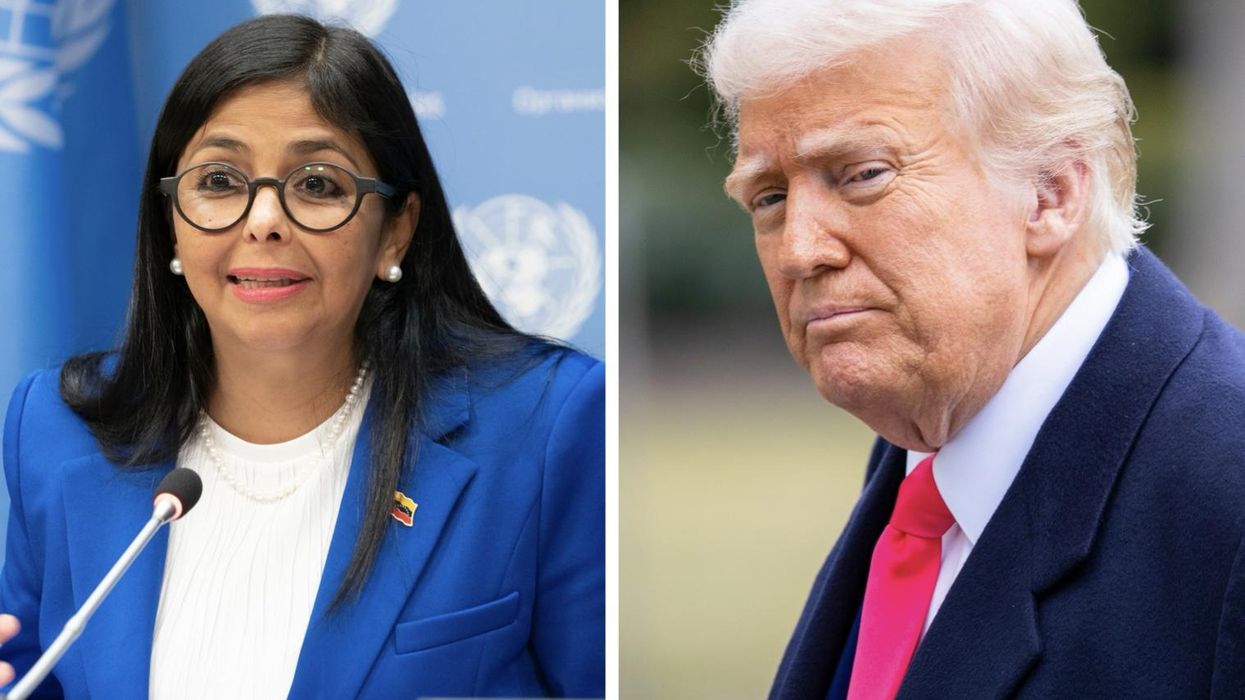President-elect Joe Biden made history by selecting a Black and Asian American woman to be his vice president, and he can do it once again by charting a new path forward with North Korea, building upon President Donald Trump’s diplomatic opening.
For months, observers of U.S. foreign policy have wondered if a Biden administration would revert to “strategic patience” on North Korea — a euphemism for a highly risk-averse containment strategy that came to define the Obama administration. Unfortunately, returning to the policy of non-engagement and economic sanctions (some of which have shown to harm ordinary North Koreans) will not undo North Korea’s nuclear weapons program nor make conflict on the Korean Peninsula less likely. It would only buy Pyongyang more time to strengthen its nuclear deterrence.
Despite the fact that time is not on the U.S.’s side, advocates of “maximum pressure” contend that the only language that the North Korean government understands is pressure and that the next president must instill yet even greater pain on the Kim regime until it gives up its nuclear weapons. Such a narrative misses the political dimensions of U.S.-North Korea relations, which have long been Washington’s blind spot.
History shows that North Korea has sought to have better relations with the United States, dating back at least to the 1990s. As former senior State Department official Robert Carlin and China expert John W. Lewis noted on the Agreed Framework negotiations during the Clinton administration, North Korea’s founding leader Kim Il Sung “press[ed] for engagement with the United States and [would] even accept a continuing U.S. military presence on the Peninsula as a hedge against expanded, potentially hostile, Chinese or Russian influence.”
In Washington Post editor Bob Woodward’s book, “Rage,” it is again apparent how much Kim Il Sung’s grandson and current leader of North Korea, Kim Jong Un, was concerned about balancing geopolitical interests in the region. According to Woodward, “Kim never once, directly or indirectly, raised the issue of the 30,000 U.S. troops stationed in South Korea. Kim wanted them there, Secretary of State Pompeo concluded, because they were a restraint on China.”
Despite North Korea’s self-interest in improving ties with the United States, Kim Jong Un has not made negotiations easy for Washington to pursue. It continues to test and build nuclear weapons and ballistic missiles in violation of United Nations Security Council resolutions and ignores U.S. calls for renewed dialogue. To be sure, there are domestic advantages for Kim in painting the United States as a dire threat to the North Korean people. An external threat legitimizes the Kim regime’s investment in weapons of mass destruction. In that sense, drastic improvements in relations with the United States would test Kim’s proposition in a fundamental way.
Given this reality, what is the best way forward for the Biden administration?
First, Biden should approach stakeholders in the region with an open mind and try to find common ground wherever possible. Biden’s preference for consulting with U.S. allies South Korea and Japan, as well as working with China, to improve the security conditions on the Korean Peninsula issue is commendable.
At the same time, Biden must recognize that there are diverging views on how to get there, especially among U.S. allies. The progressive South Korean government and the conservative Japanese government view U.S. leadership on the North Korea issue very differently, both for policy reasons as well as political reasons driven by domestic constituents. The work of Biden’s team will be equal parts consulting our allies and persuading them toward a common agenda.
Additionally, Biden must find a way to distinguish between denuclearization as a long-term goal and a more immediate path forward on North Korea. The fact is that an arms control agreement is the most realistic way to restrict North Korea’s development, proliferation, and use of nuclear weapons. Biden would do well to focus on incentives and sequencing that will encourage North Korea’s cooperation in an arms control agreement, with an eye toward a nuclear weapons-free Korean Peninsula as a long-term vision.
There is growing bipartisan interest on Capitol Hill for fresh thinking on North Korea. There is also growing concern about the foreign policy establishment’s myopic focus on North Korea’s nuclear weapons in ways that have become too insular and inflexible.
President-elect Biden has the mandate to pursue a new agenda for our country. On North Korea, Biden should build upon the best of what his Republican predecessor offers and assemble a transpartisan consensus toward change. The 2018 Joint Statement, signed by President Trump and Chairman Kim Jong Un, is a good starting point for building “a lasting and stable peace regime on the Korean Peninsula.”
Wednesday is Veterans Day, a day when we remember the sacrifices of our men and women who paid the ultimate price for our freedom. At a time of extreme domestic challenges, there is ever greater need for innovative solutions on a wide range of issues that threaten U.S. national security interests. A North Korea policy based on bipartisanship, multilateralism, and realism offers the best chance for President-elect Biden to turn President Trump’s vision of a more peaceful Korean Peninsula into a reality.
















